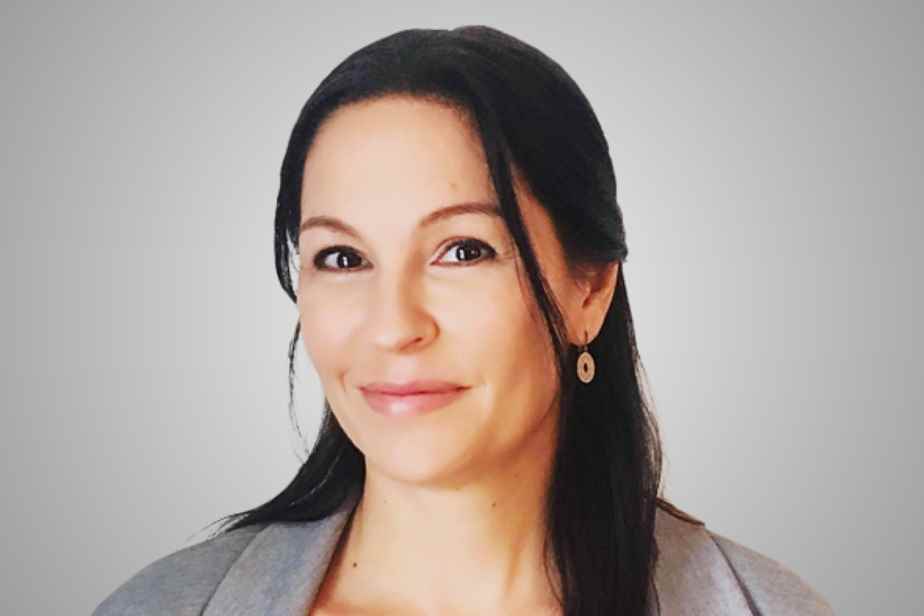When you are an Aboriginal person and are called upon to speak publicly about the news, more often than not, you are pawing at the injustices of history, governments, industries, a politician or a columnist who does not know what he is talking about.
Posted at 9:00 a.m.
Writing a text that challenges one of us, an individual or a nation, is something we try to avoid. The reasons are simple. First, we don’t want to add a layer over the layers of prejudice that we know are always there. Then, what we want, in any case me, is to make known the realities and the why of these realities, what is hidden behind the story. And finally, it must be said, our world is very small. Sometimes more than that. Maybe even too much to really say what you think without risking reprisals.
There are just over 180,000 First Nations and Inuit in Quebec, according to Statistics Canada. They represent about 2.3% of the population. Although each nation has its challenges and particularities, it is true to say that several battles are common, at different levels. Take language, for example. Of eleven possible Aboriginal languages in Quebec, two are virtually extinct, one is being revitalized after more than a decade of effort, three are in good condition, and the rest are holding on as best they can.
And the culture? Same thing. We were able to keep certain elements here, others there. Songs, ceremonies, dances, crafts, a bit of hunting and fishing. Some ancestral techniques have disappeared in one nation, but are still alive in another. For example, to my knowledge, there are only two people left who still know how to beat the ash tree to make strips of it among the Mi’gmaq, but a few people who still know how to weave baskets among the Abenaki.
A constant struggle
We must constantly fight to keep what is left. It is an everyday effort. We are fighting against modernity, the injustices of history that have left traces within our identities and our cultures, governments that create laws that want to curb our cultural survival, industries that encroach or destroy our territories, hard-skinned prejudices. Do you understand why this is what we write about?
I took the ash tree as an example. I could have taken so many more. Bark canoes. Bear grease. Recipes that we no longer quite know how to make because we no longer have this or that kind of corn. Plants that we no longer know how to use to cure this or that. Every time we lose a technique or a cultural element, even just a word, it’s a bit of who we are as Aboriginal people that we lose. And when you think about it, everything you lose comes from there: from the territory.
Territory, we have no more, or almost no more: thanks to colonialism. However, we have never ceded it (except in the case of the James Bay and Northern Quebec Agreement). What we have left, we hold on to as the apple of our eyes because it is through it that we define ourselves as First Peoples.
When two aboriginal nations fight over the same territory – as is currently the case between the Innus of Mashteuiatsh and the Wendat of Wendake over a territory located between the two communities – it troubles me. The reason is simple: we don’t have the luxury of arguing about it, especially about it. The land is where we express ourselves as Aboriginals. Our vision of the world comes from there, our values, our cultures, our languages too. It’s a big canoe in which we all find ourselves.
Throughout the ages, territories have been visited, navigated, crossed, inhabited by one or the other. Innus live in Wendake, Wendat live among the Innus. Of the territory, we have so little left. If we also have to start tearing each other apart to plant our flag there, then it seems to me that this is a sign that we lack perspective, that we have one foot outside the canoe.
A story of sharing
Here, I will not take a position in the game of good and bad. The file is too complex and I am not allocated enough words in this text. My position is that throughout history, First Peoples have always needed each other. Aboriginal history is full of this kind of sharing, of barter between nations.
For example, before contact with Europeans, the Wendat, rather turned to horticulture for food, produced surplus corn flour that they could exchange with the Anishinabe in the North, for furs. One was used for food during the winter, the other for clothing and warmth. Life could not have existed otherwise, without the help of each other. Creating economic and diplomatic alliances with certain nations has allowed us to survive for millennia. We still need these alliances to survive, culturally this time. All together.
With all that we are losing at high speed, we no longer have the luxury of scrambling for a piece of territory. The important thing is to live the territory so that our knowledge and our know-how, our cultures and our languages are transmitted, shared and preserved, so that they remain alive. It’s been one to midnight for too long.
